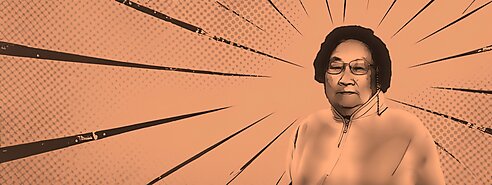Tu Youyou’s discovery of artemisinin was “arguably the most important pharmaceutical intervention in the last half [of the 20th] century.”
You may have never heard of Tu Youyou, but through her innovative research on antimalarial medicines, Tu’s work has saved millions of lives. In this article, Alexander C. R. Hammond explains how Tu Youyou’s discovery of artemisinin was “arguably the most important pharmaceutical intervention in the last half [of the 20th] century.” The discovery is all the more interesting because of the unusual way she came upon it. Tu and her team combed through ancient Chinese medical texts and painstakingly experimented on plants and herbs recommended by Chinese doctors over 1,600 years ago.

